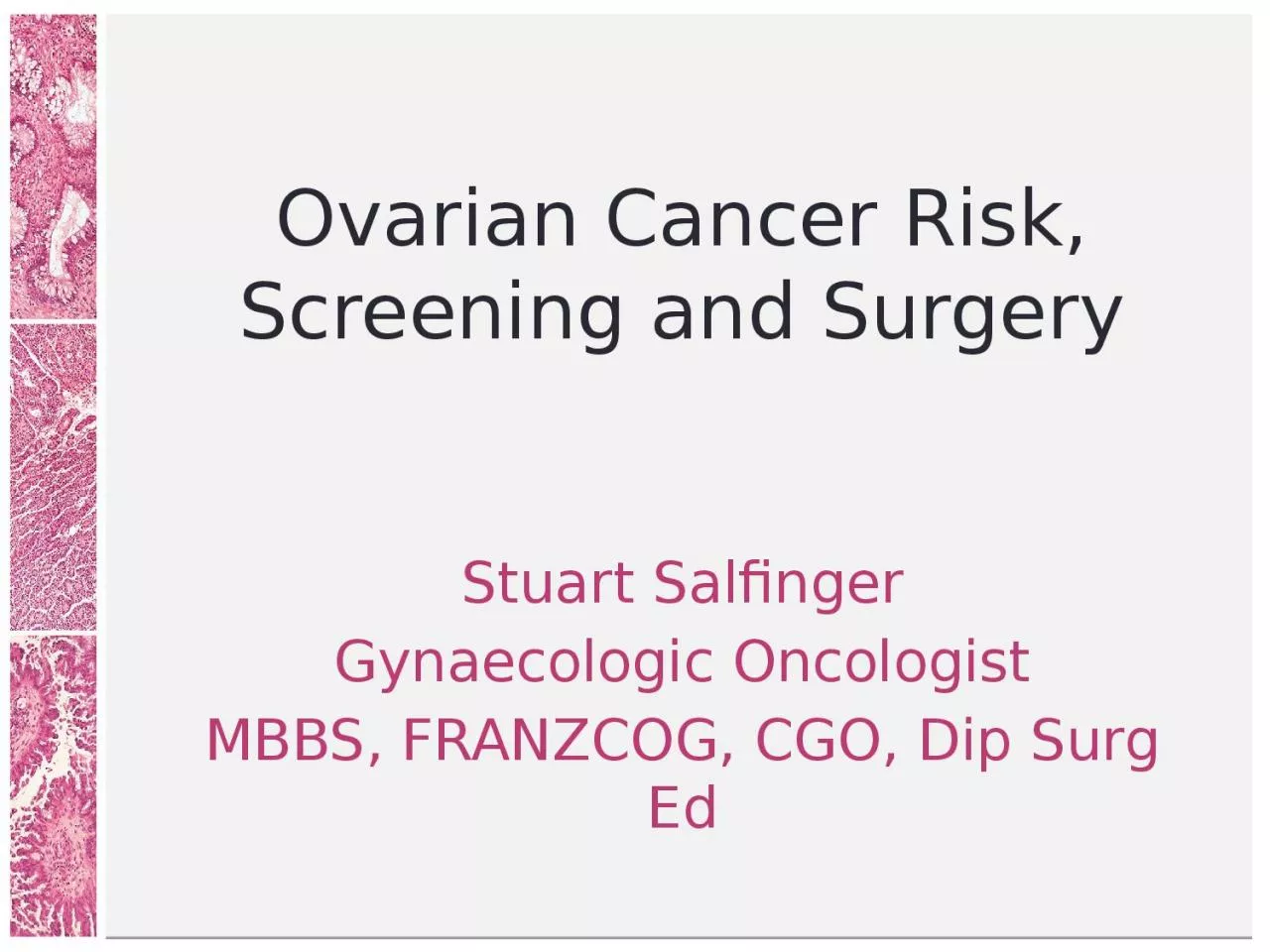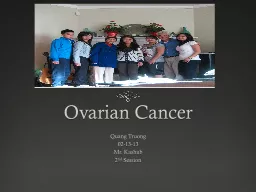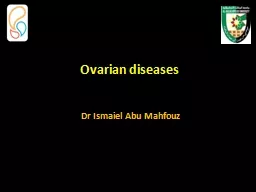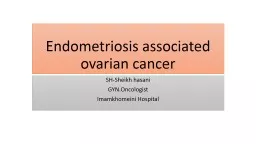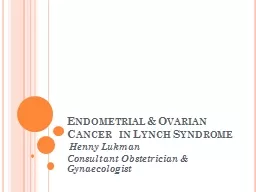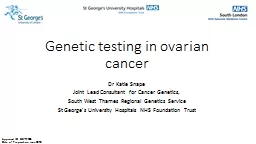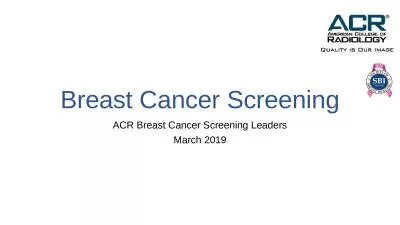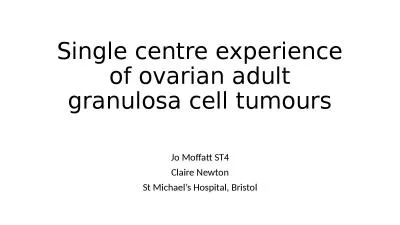PPT-Ovarian Cancer Risk, Screening and Surgery
Author : amber | Published Date : 2023-07-09
Stuart Salfinger Gynaecologic Oncologist MBBS FRANZCOG CGO Dip Surg Ed Ovarian Carcinoma Leading cause fatality gynaecologic cancer Incidence 15 lifetime risk 75
Presentation Embed Code
Download Presentation
Download Presentation The PPT/PDF document "Ovarian Cancer Risk, Screening and Surge..." is the property of its rightful owner. Permission is granted to download and print the materials on this website for personal, non-commercial use only, and to display it on your personal computer provided you do not modify the materials and that you retain all copyright notices contained in the materials. By downloading content from our website, you accept the terms of this agreement.
Ovarian Cancer Risk, Screening and Surgery: Transcript
Download Rules Of Document
"Ovarian Cancer Risk, Screening and Surgery"The content belongs to its owner. You may download and print it for personal use, without modification, and keep all copyright notices. By downloading, you agree to these terms.
Related Documents

